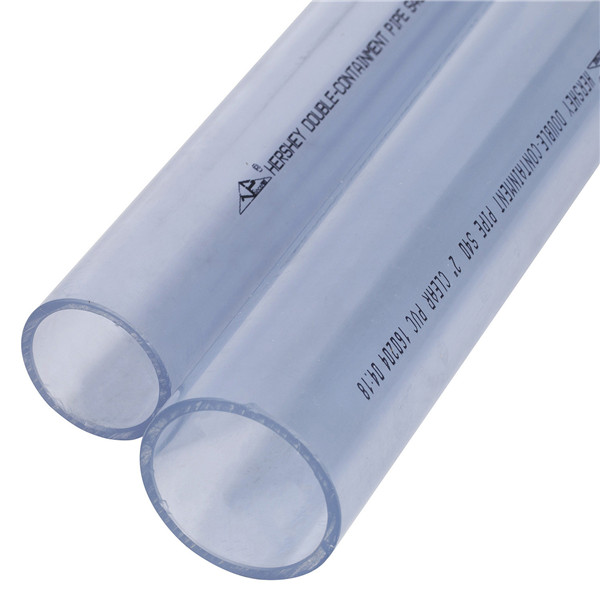Nov . 07, 2024 19:54 Back to list
Different Types of Welding Rods and Their Applications
Understanding Welding Rod Types
Welding rods play a crucial role in the world of metal fabrication and repair. They serve as a filler material that is used to join two pieces of metal together through the process of welding. Different types of welding rods are designed for specific applications and materials, making it essential for welders to choose the correct rod type for their projects. In this article, we will explore the various types of welding rods available, their characteristics, and their applications.
1. Mild Steel Welding Rods
Mild steel welding rods are among the most commonly used rods in welding. These rods are made of steel with a low carbon content, making them ideal for welding mild steel, which is known for its ductility and weldability. The most popular mild steel rods are E6011 and E6013.
- E6011 rods can be used in various positions (flat, horizontal, vertical, and overhead) and are known for their deep penetration and ability to work well on dirty or rusty surfaces. - E6013 rods, on the other hand, produce a smoother weld bead and are more suited for thin materials. These rods provide excellent arc stability and are commonly used in light fabrication and maintenance work.
2. Stainless Steel Welding Rods
When it comes to welding stainless steel, specific rods must be used to ensure the integrity and corrosion resistance of the weld. Stainless steel rods, such as E308 and E309, are commonly used in the industry.
- E308 rods are typically used for welding austenitic stainless steels and are suitable for both thin and thick materials. They provide good mechanical properties and corrosion resistance.
- E309 rods are commonly used for joining stainless steels to carbon steels, allowing for dissimilar metal welding. These rods help to achieve a strong and durable weld in applications where corrosion resistance is essential.
3. Cast Iron Welding Rods
Welding cast iron can be challenging due to its brittleness. Special cast iron rods, such as Nickel 99 or ENiFe-CI, are used for this purpose.
welding rod types

- Nickel 99 rods are designed to weld cast iron without much preheating. These rods provide excellent fusion and are effective in repairing cracks and breaks in cast iron components.
- ENiFe-CI rods are commonly used for more difficult cast iron welding applications, especially where high strength is required
.4. TIG Welding Filler Rods
TIG (Tungsten Inert Gas) welding also uses specific filler rods, typically made from either stainless steel, aluminum, or alloys tailored for the specific welding process.
- ER308 is a common filler rod for stainless steel TIG welding, offering excellent corrosion resistance and mechanical properties.
- For aluminum, ER4047 is often used, helping to reduce the melting point of the base material and producing strong, clean welds.
5. Specialty Welding Rods
In addition to the common types of rods mentioned, there are also specialty welding rods designed for unique applications. For example, flux-cored welding rods are used in a semi-automatic or automatic welding process, which can be highly efficient for large-scale projects.
Conclusion
Choosing the right welding rod is essential for achieving optimal results in any welding project. Factors such as the type of metal to be welded, the welding position, and the desired properties of the weld should all be considered. By understanding the various types of welding rods available and their specific applications, welders can ensure they select the appropriate rod for their work, ultimately leading to stronger, more durable joints and successful projects.
-
Durable PVC-M Water Supply Pipes | 60-Year Life
NewsAug.04,2025
-
Premium HDPE Water Supply Pipes: Durable & Leak-Proof
NewsAug.03,2025
-
Premium PVC-M Water Supply Pipe - Durable & Efficient
NewsAug.02,2025
-
Premium PP Welding Rod: GPT-4 Turbo Enhanced
NewsAug.01,2025
-
HDPE Drainage & Irrigation Pipe - Durable, Efficient Solutions
NewsAug.01,2025
-
Premium PVC Transparent Pipe: Durable & Clear Solutions
NewsJul.31,2025

